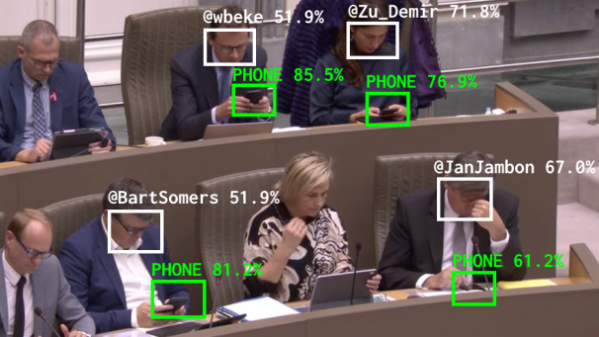Smartphones are amazing tools, but sometimes they can be an equally amazing time suck. In an effort to minimize how much precious time goes down the drain, [Lance Pan and Zeynep Kirmiziyesil] decided to make a functional and beautiful smartphone sleeve to keep you on task.
Most modern smartphones have some form of Do Not Disturb mode available, but having the phone visible can still be an invitation for distraction. By tucking the phone into an accessible but less visible sleeve, one can reduce the visual trigger to be on the phone while keeping it handy in the even of an emergency.
Once in the sleeve, the NFC tag sandwiched between the felt and wood veneer triggers an automation to put the phone into Do Not Disturb mode. This hack looks like something that you could easily pull off in an afternoon and looks great which is always a winning combination in our book.
To see some more focus-oriented hacks, checkout the Pomodachi or this Offline E-Paper Typewriter.












